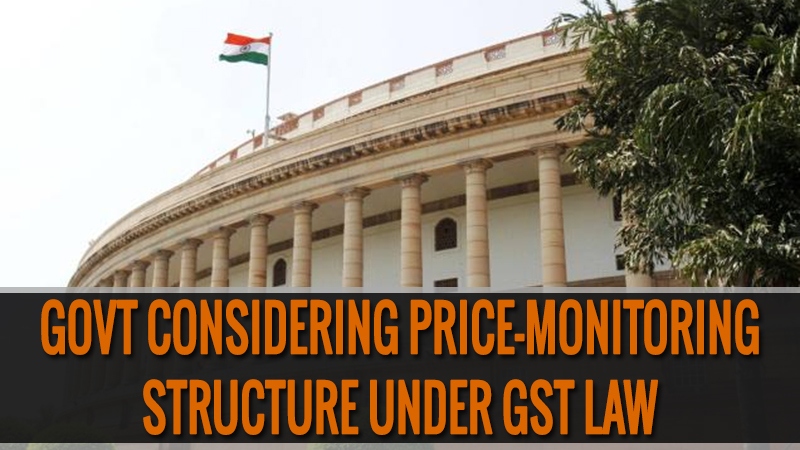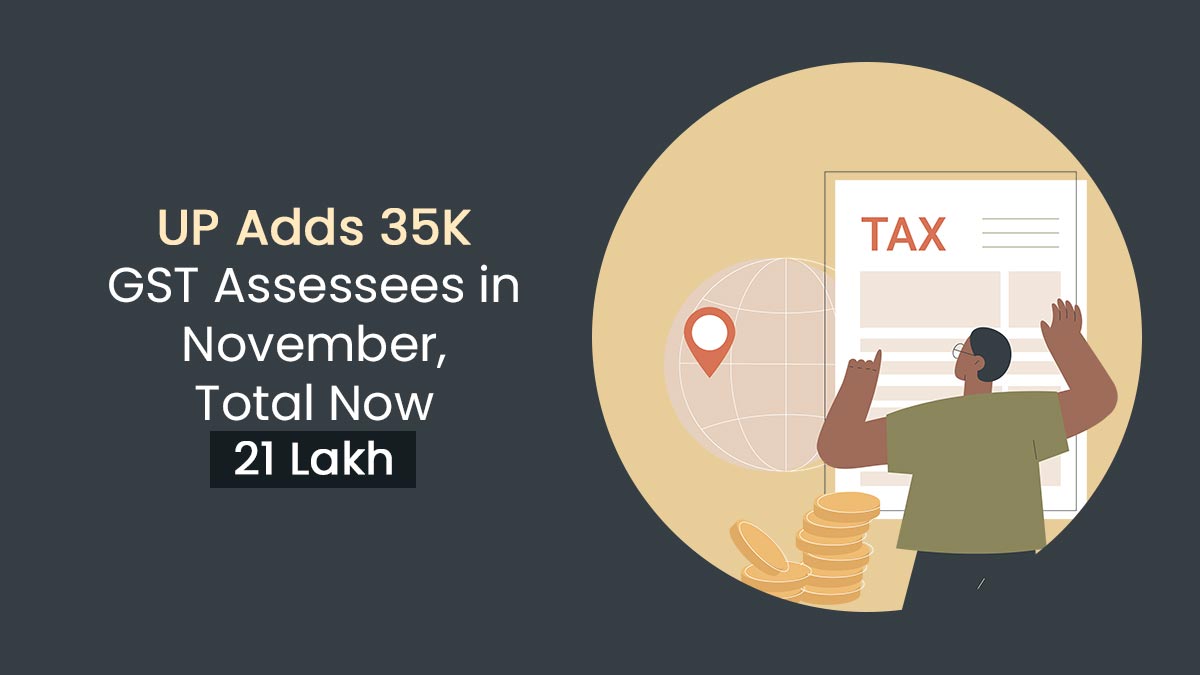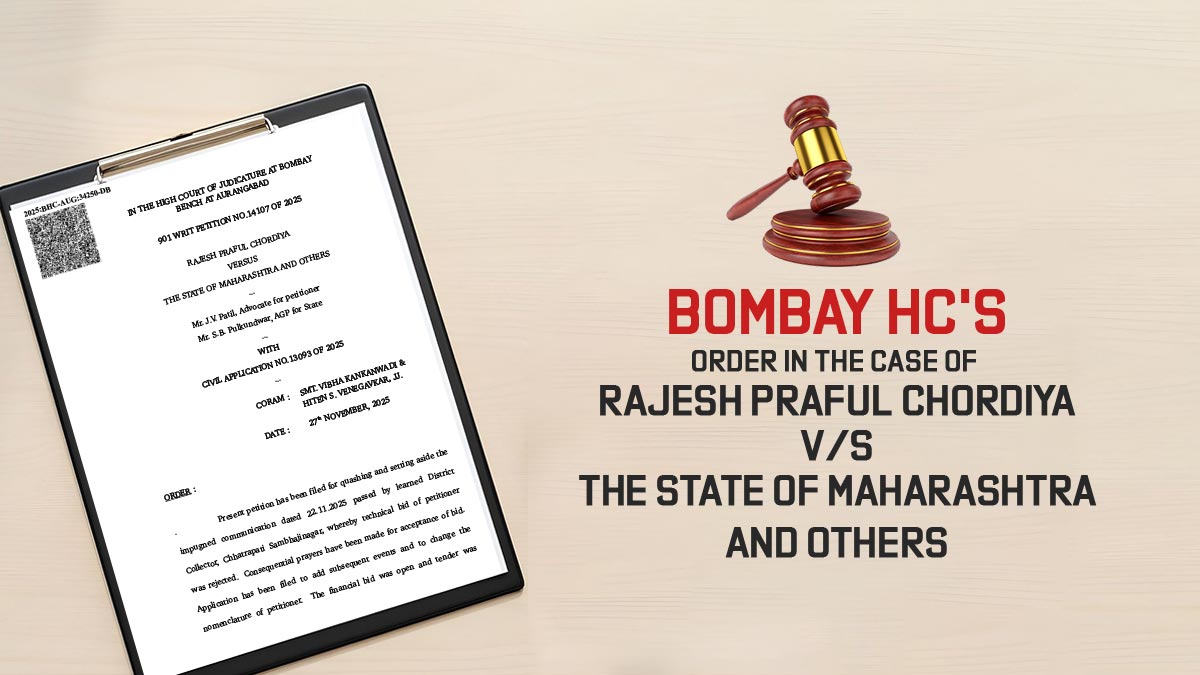
As per a senior official “A mechanism will be put in place to keep a tab on prices,” and the GST council will decide the key issues and the tax rate on a later stage. The government is speeding all the proceedings regarding the roll-out of the GST as per the proposed deadline. The GST is seen as the biggest tax reform in India since Independence.
After the GST roll-out, the other different state and central taxes will be merged into a single entity, making a single big market. The experts are also expecting a GDP growth of up to 2 percent and the new reform is going to benefit the industry as many other prices are liable to decline under the GST regime.
Recommended: Suggestions for Indian States To Get Through GST Law Easily
The government also wants to put some regulations on the seamless profit made by the companies due to input credit or double tax. Some of the committee members of state finance ministers raised the issue at the last meeting.
Siddharth Mehta, partner, PwC India stated “The government clearly wants to ensure that GST does not lead to the price increase and inflation. However, I am not sure if any price monitoring system would be effective, particularly if it does not have legislative backing,” said Siddharth Mehta, partner, PwC India.
The industry has earlier appealed the government to keep the GST rates moderate in order to make the system less complicated with smooth credit flow and avoid any disputes between industry and government.









